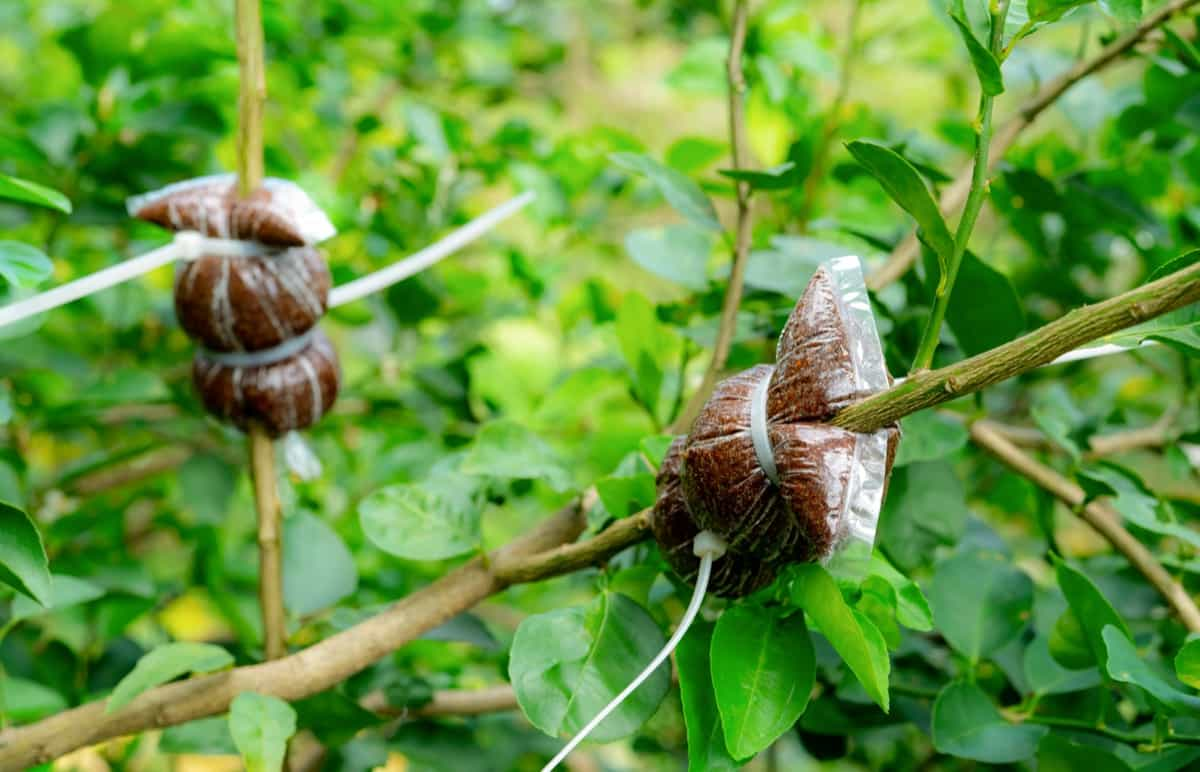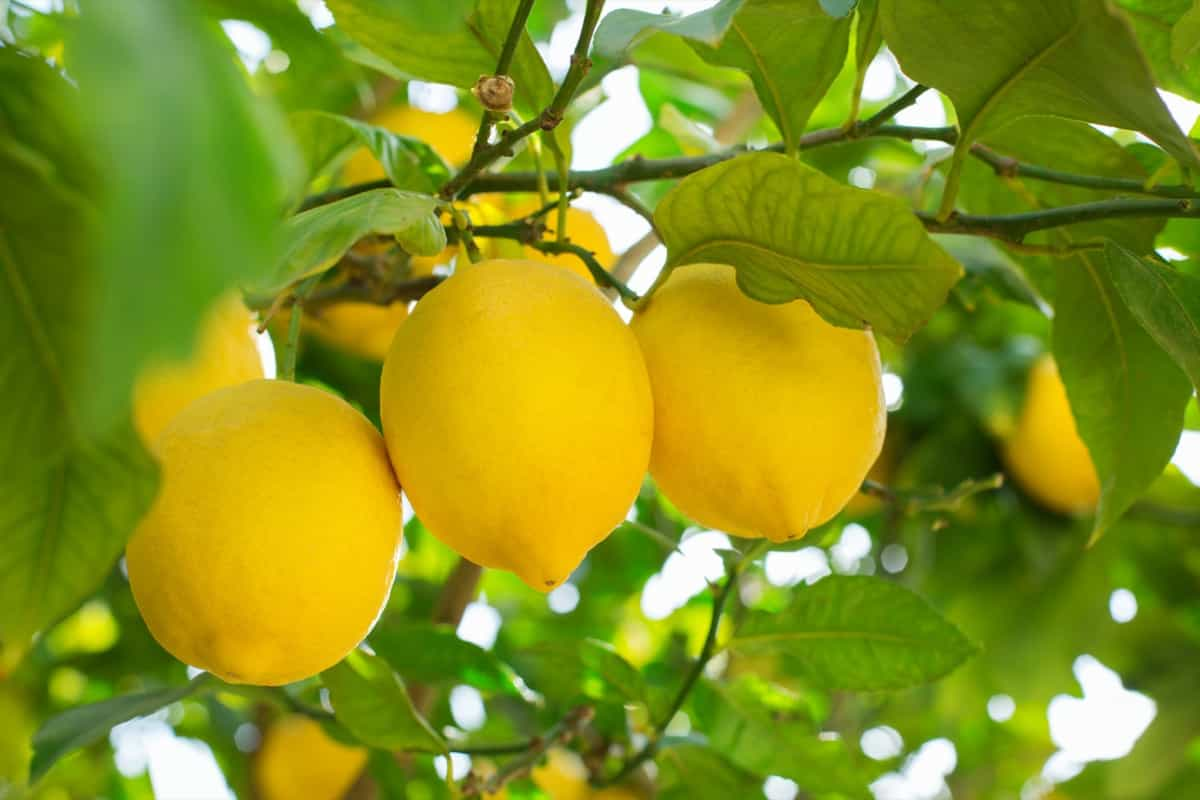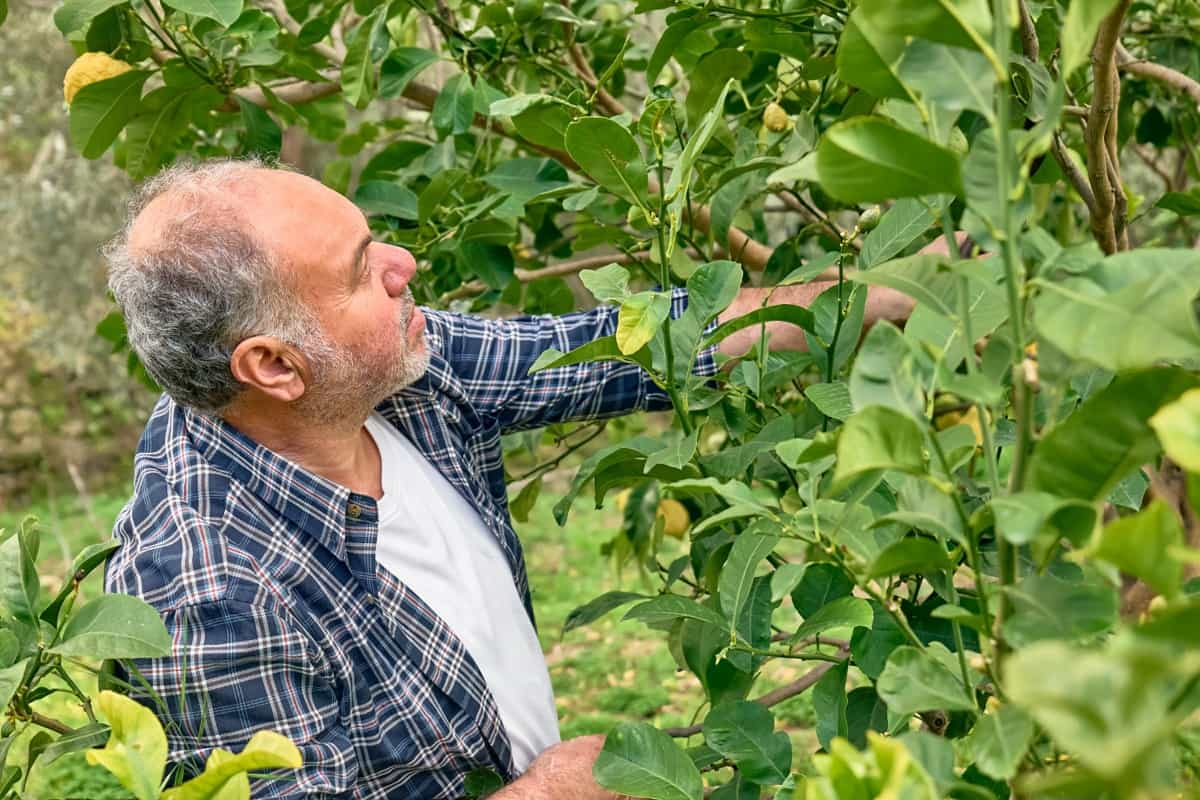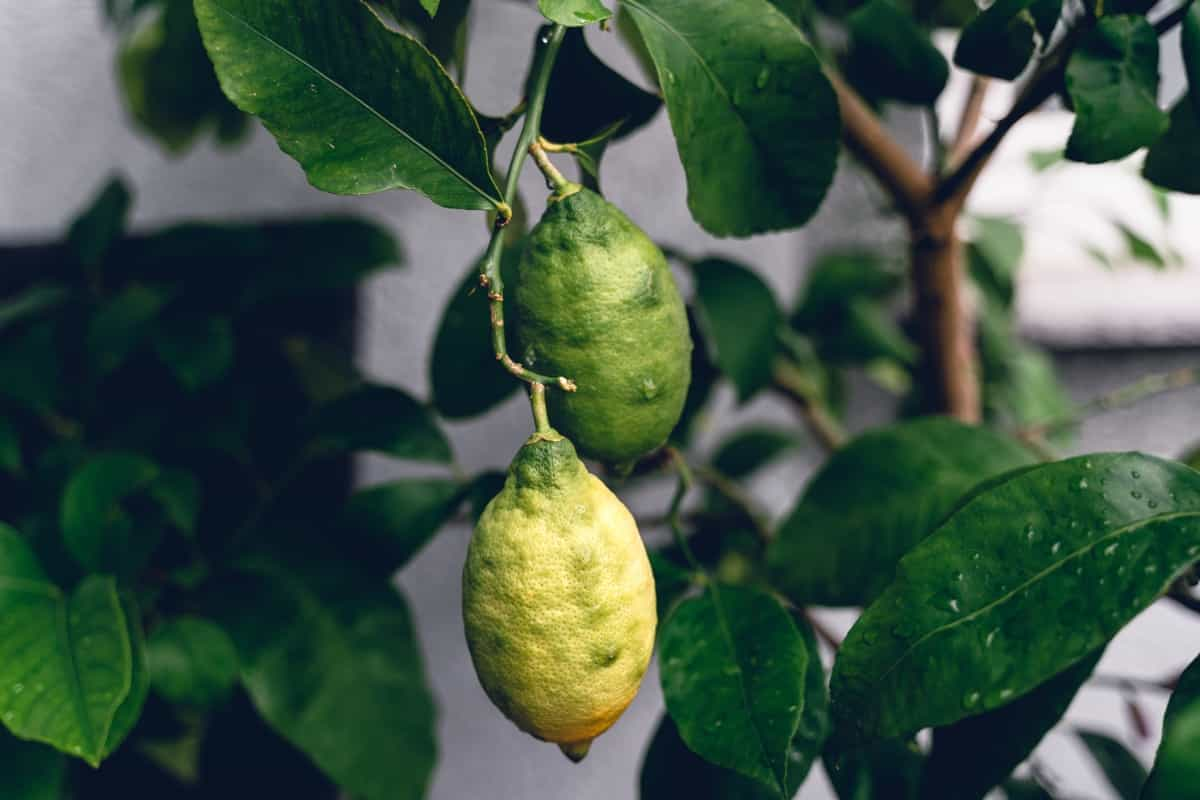Grafting is a traditional and widely practiced horticultural technique that involves joining two plants together to grow. Grafting lemon trees is no different, and when done correctly, it can result in a stronger, healthier, and more productive tree. Suppose you’re considering grafting a lemon tree.

In that case, it’s essential to understand the best time to graft a lemon tree, the best grafting method for citrus, the rootstock used for grafting citrus, and the potential timeline before a grafted lemon tree bears fruit. Moreover, knowing what can be grafted to a lemon tree can open up new possibilities for cultivating diverse citrus fruit varieties.
How to Graft a Lemon Tree
Understanding the Rootstock Used for Grafting a Lemon Tree
When it comes to grafting, the choice of rootstock plays a pivotal role. The rootstock provides the necessary support and nourishment to the grafted tree and imparts certain characteristics to it, such as disease resistance, vigor, and adaptability to specific soil types. For citrus trees, including lemons, rootstocks are chosen based on their ability to tolerate various soil conditions, pests, diseases, and climates.
These selected rootstocks often originate from other citrus species but are prized for their resilience, ensuring the grafted lemon tree has the best chance of thriving. Not all citrus rootstocks are suitable for every variety of lemon, so understanding and selecting the right one is crucial for success.
Determining the Best Time to Graft a Lemon Tree
Timing is everything when it comes to grafting. The best time to graft a lemon tree is during active growth, typically during late winter to early spring. During this time, the tree’s sap is flowing actively, which aids in the healing process of the graft union. Another suitable period is early autumn when temperatures are still warm, but there’s less risk of extremely hot weather that can stress the newly grafted plant. However, regardless of the season, ensuring optimal environmental conditions—such as humidity and temperature—is essential for grafting success.
Techniques for Grafting a Lemon Tree
The technique used in grafting plays a crucial role in determining the union’s success. For citrus trees, the whip-and-tongue technique is often heralded as the best grafting method for citrus due to its efficiency and the strong union it creates. This technique requires a clean, precise cut on the scion (the piece of plant being grafted) and the rootstock. The two pieces are joined together, ensuring that the cut surfaces match perfectly, allowing for optimal vascular connection. This method works best when the scion and rootstock are similar diameters.
Methods of Grafting a Lemon Tree
Apart from the whip-and-tongue method, other methods can be employed based on the situation and the grower’s preference. The cleft grafting involves making a split or cleft in the rootstock and inserting the scion into it. Another common method is the side-veneer graft, suitable for larger rootstocks where a thin slice is cut away, and the scion is placed against the exposed area.
In case you missed it: Best Lemon Varieties to Grow in Your Garden

The budding method involves placing a single bud onto the rootstock rather than a scion with multiple buds. Each method has advantages, and the choice often depends on the rootstock size, the type of citrus being grafted, and the grower’s expertise.
Selecting the Right Rootstock for Grafting a Lemon Tree
As emphasized earlier, the choice of rootstock is paramount. When deciding on what rootstock is used for grafting citrus, consider factors like soil type, prevalent diseases in the area, and desired tree size. Some rootstocks might impart dwarfing characteristics, ideal for smaller gardens or container growing. Others might confer resistance to specific pests or diseases, ensuring a healthier tree. A comprehensive understanding of the available rootstocks and their characteristics is vital to make an informed decision.
Preparing the Scion and Rootstock for Grafting a Lemon Tree
Before the grafting process begins, the scion and the rootstock must be adequately prepared. Choose a healthy, disease-free scion from a well-established lemon tree. This scion should have several buds and be relatively young. On the other hand, the rootstock should be robust and free of any visible diseases or pests. Clean cuts, using sharp and sterilized tools, are essential to ensure a successful graft. Once the scion and rootstock are prepared, they can be joined using the chosen grafting technique.
Performing Whip-and-tongue Grafting on a Lemon Tree
The whip-and-tongue method, one of the best grafting methods for citrus, requires precision and care. Begin by making a clean, sloping cut on the rootstock and the scion. A small cut or ‘tongue’ is made in both pieces without detaching any part.
The scion is then joined to the rootstock, ensuring that the ‘tongues’ of both parts interlock and the cut surfaces align perfectly. The union is then bound tightly using grafting tape or rubber bands to keep the parts together until they heal and fuse. With proper care, a grafted lemon tree can be expected to bear fruit in as little as 2 to 3 years, although this timeline can vary based on various factors.
Executing Cleft Grafting on a Lemon Tree
Cleft grafting is particularly effective for lemon trees when dealing with larger rootstocks. To execute this technique, begin by making a vertical split or “cleft” about 2-3 inches deep in the top center of the rootstock using a sharp, sanitized knife or chisel. From there, prepare your scion by cutting it into a wedge shape with two slanting cuts on either side.
In case you missed it: How to Grow Meyer Lemon Tree: A Planting Guide for Container and the Ground

The scion should then be carefully inserted into the cleft of the rootstock, ensuring that the cambium layers (the thin layer between the bark and wood) of both the scion and rootstock are in contact. Finally, the graft site should be secured with grafting tape or rubber bands to ensure stability and protect it from external elements, promoting healing and successful fusion.
Applying Side-veneer Grafting on a Lemon Tree
Side-veneer grafting benefits lemon trees when the scion’s diameter is much smaller than the rootstock’s. To apply this method, make a downward and slightly inward cut approximately 1-2 inches long on the rootstock. Carefully lift the bark without completely detaching it. Next, prepare the scion by cutting one side of it flat.
Place this flat side against the exposed wood of the rootstock, ensuring the cambium layers of both touches. Secure the scion by wrapping it with grafting tape or a rubber band. The close contact between the cambium layers will facilitate a quicker and more effective union.
Tips and Tricks for Successful Lemon Tree Grafting
Achieving a successful graft on a lemon tree isn’t just about the method but also the little details and care. Always use sharp and sterilized tools to prevent disease transmission and ensure clean cuts. Choose a scion from a healthy, disease-free, and vigorous lemon tree. Timing is vital; graft during periods of active growth when the tree’s sap flows robustly. Make sure the cambium layers of the scion and rootstock touch, as this is where the real joining happens. After grafting, keep the tree watered and protect the graft site from direct sunlight and pests.
In case you missed it: How to Treat Brown Spots on Lemon Tree Leaves Naturally: Causes, Fix With Effective Organic Home Remedies

Conclusion
Grafting a lemon tree can seem daunting, but with the right knowledge, tools, and techniques, it can lead to a robust, fruitful tree. Understanding the best practices, from selecting the right rootstock to mastering the whip-and-tongue method, can make all the difference in ensuring a successful graft.
- Ultimate Guide to Ossabaw Island Hog: Breeding, Raising, Diet, and Care
- Ultimate Guide to Juliana Pig: Raising Facts, Size, Diet, Care, and Lifespan
- Raising Lleyn Sheep: Disadvantages, Price, Uses, Characteristics, and Care
- Ultimate Guide to Meishan Pig: Breed Facts, Breeding, Raising, and Care
- Ultimate Guide to Teacup Pigs: Raising, Diet, Lifespan, Cost, and Care
- Guide to Raising Poll Dorset Sheep: Facts, Profile, Characteristics, Uses, and Care
- Ultimate Guide to Bighorn Sheep: Characteristics, Diet, Lifespan, Breeding, and Lifecycle
- Ultimate Guide to Raising Katahdin Sheep: Farming Facts, Breed Profile, Uses, and Care
- Ultimate Guide to Raising Oreo Cows: Belted Galloways Farming Facts, Profile, Uses, and Care